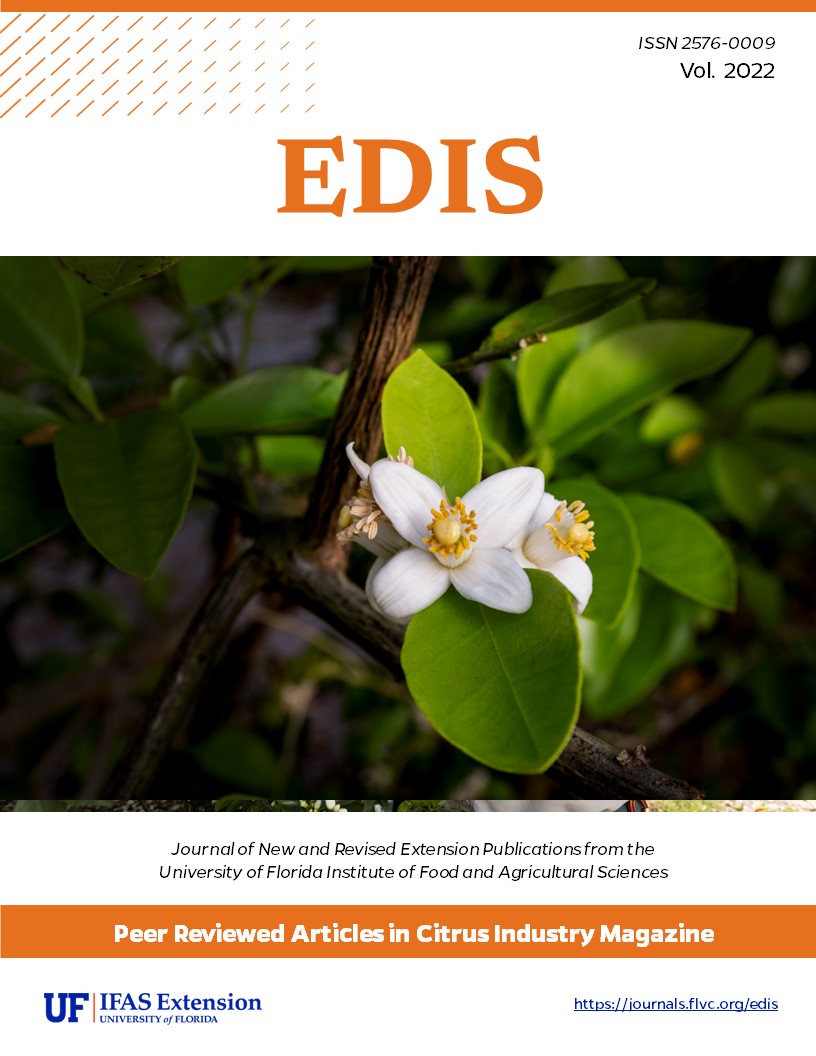Abstract
Making a decision on how to rapidly reduce tree stress from dry/wet seasons, the influence of pests and diseases, nutrient deficiencies, and other factors on a daily basis could be an overwhelming task. With the arrival of sensors and small unmanned aerial vehicles (UAVs), we have the possibility to gather large amounts of data that allow us to assess risk factors and estimate possible crop performance scenarios based on the availability of resources. At the same time, there are computer and cellphone-based tools that contribute to the practical management of these data. Detecting, counting, and assessing individual trees in orchards allow the selection of appropriate horticultural practices such as the timely application of chemicals and precision irrigation scheduling.
All of these large amounts of data can be utilized to ease the process of assessing and identifying crop management strategies. Technologies including artificial intelligence, big data analytics tools, and cloud computing can be utilized to generate recommendations based on the real-time status of the field. In the long run, these technologies allow for managing the field more accurately, rapidly if compared with manual labor-based processes, and cost-effectively as it optimizes repetitive tasks and has the potential to increase production.

